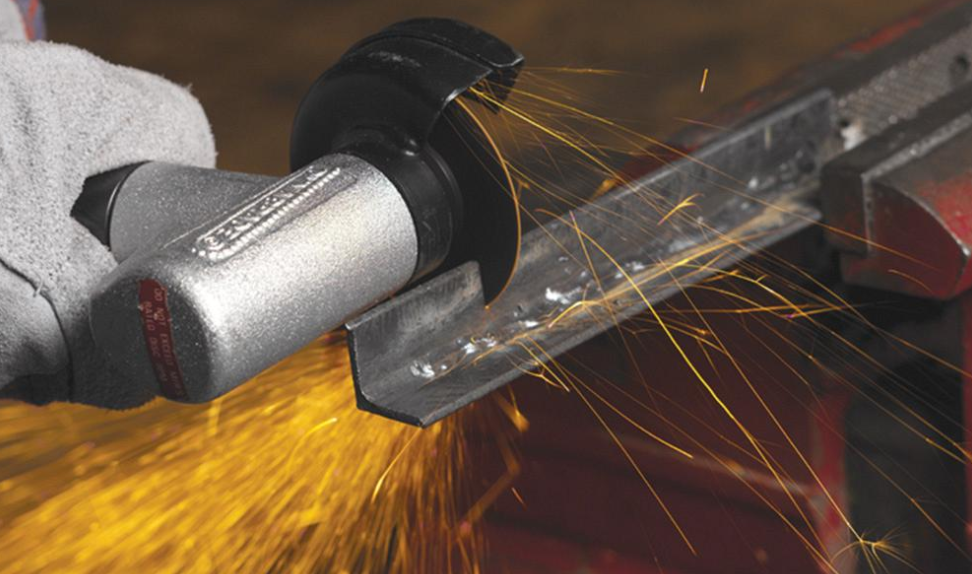Key Takeaways
- Understand the role of precision in metal cutting and its significance in various industries.
- Explore different metal-cutting techniques and their applications.
- Gain insights into advancements in technology that are reshaping metal-cutting processes.
- Learn about safety practices and environmental considerations in metal cutting.
Metal cutting is more than just a mechanical process; it is the foundation of modern manufacturing. From the automotive industry to cutting-edge aerospace applications, precision metal cutting service providers are crucial. These services ensure the seamless creation of components that form the complex products we rely on daily. This piece examines the different metal-cutting methods and how technological developments are spurring industry innovation to meet even the most exacting standards.
The critical role of precision in metal cutting cannot be overstated. This exactitude allows for developing components that fit perfectly within a given assembly, ensuring practicality and reliability. With technological advancements, the need for precise metal cutting has become even more apparent as industries seek to maximize efficiency and minimize waste.
What Is Metal Cutting?
Metal cutting is the science and art of removing material from a metal workpiece. This process helps attain the desired shape, size, and surface finish. It is a staple in industrial manufacturing, where precision and efficiency are paramount. Industries ranging from consumer electronics to large-scale construction rely heavily on precise metal cutting to create durable, high-quality parts. Insights from Manufacturing Today reveal the extensive influence of metal-cutting techniques in shaping the landscape of modern manufacturing.
The Importance of Precision in Metal Cutting
Precision is the beating heart of metal cutting. Without it, parts would not adhere to strict specifications, leading to failures in assembly and function. This is especially important in industries with almost no margin for error, like aerospace and automotive. Precision ensures components not only fit together perfectly but also prolong the life of the assembly, reducing costs in the long term and enhancing product reliability.
Traditional Metal Cutting Techniques
While modern technology introduces new metal-cutting methods, traditional techniques like sawing, milling, and turning remain vital. These methods have been honed to offer unparalleled reliability and flexibility. Whether used for creating basic shapes or intricate designs, traditional techniques provide a sturdy foundation for manufacturing diverse products, valued for their ability to produce consistent results across various applications.
Advanced Technologies in Metal Cutting
The advent of new technologies has heralded a new era for metal cutting. Techniques such as laser cutting, waterjet cutting, and plasma cutting offer unmatched precision and adaptability, catering to the ever-evolving needs of diverse industries. TechCrunch highlights these advancements as transformative, laying the groundwork for innovative manufacturing processes that promise greater efficiency and precision.
Safety Practices in Metal Cutting
Metal-cutting conditions must be safe. Using personal protective equipment (PPE), following safety procedures, and receiving the proper training are all crucial for shielding employees from possible risks. Regular maintenance of cutting tools and equipment is also essential for avoiding malfunctions that can cause mishaps and creating a safer working environment.
Environmental Considerations
Greener solutions are being adopted by the metal-cutting sector more and more as the world shifts to more sustainable practices. Recycling metal scraps and deploying cutting technologies that minimize waste are vital measures that help mitigate environmental impacts. These efforts align with a broader push towards sustainability, ensuring that industry practices do not compromise future ecological standards.
Future Trends in Metal Cutting
The metal-cutting landscape is set to become even more dynamic with the integration of artificial intelligence and automation. These technologies have the potential to enhance precision and efficiency significantly, meeting the challenges of today’s rapidly changing industrial environment. Such innovations will allow manufacturers to push the boundaries of design and functionality further, driving the industry forward.
Conclusion: The Impact of Innovation on Metal Cutting
In conclusion, the advancements in metal-cutting techniques are reshaping the manufacturing industry, helping businesses meet increasingly complex requirements. As these technologies continue to develop, they offer manufacturers the tools needed to maintain a competitive edge, guaranteeing precision and quality in product development.

